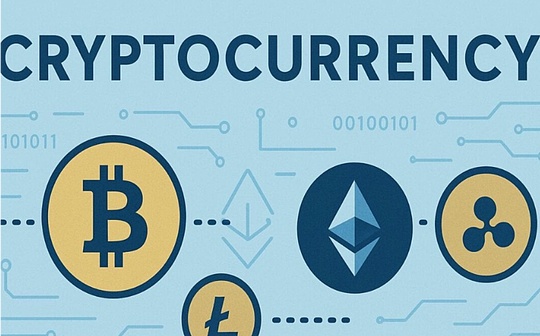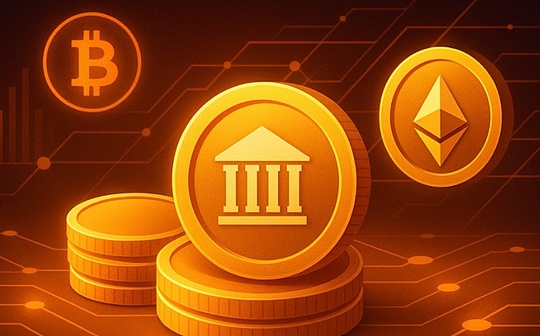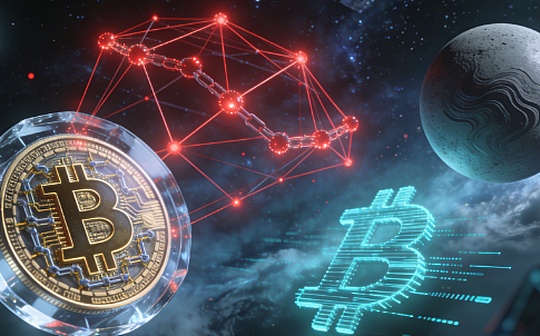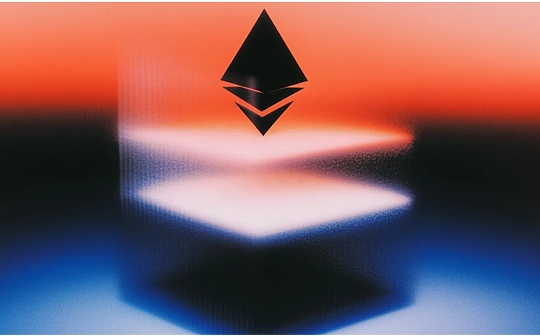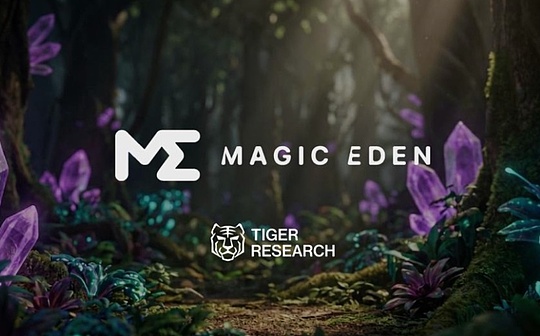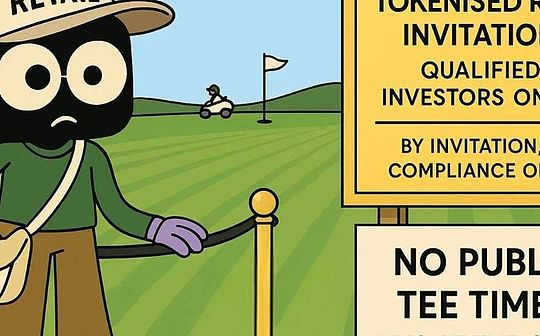
Author: Prathik Desai, Source: Tokendispatch
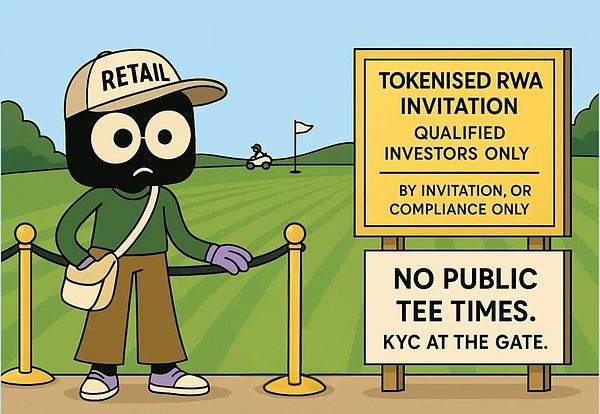
In the 20th century,Augusta National Golf Club has been criticized for its obvious elitism.As the host of the Masters,The club has only 300 members, and the joining process is extremely strict, and potential members are not even allowed to apply directly.Membership must be obtained through invitations.Another way is to have someone nominated and then wait patiently.
Critics call it the ultimate “men’s club,” which is indeed the case before 2012.Worse, for decades, the club banned African-Americans from becoming members.Sports journalists question why the most prestigious event in golf will be held at a venue that excludes 99.9% of humans.Very poor public opinion: A small group of wealthy white men control the opportunities millions of people desire to experience.
The club prides itself on having some well-known members, including four-time Masters champion Arnold Palmer, business giants Warren Buffett and Bill Gates, and the 34th President of the United States, Dwight D. Eisenhower.
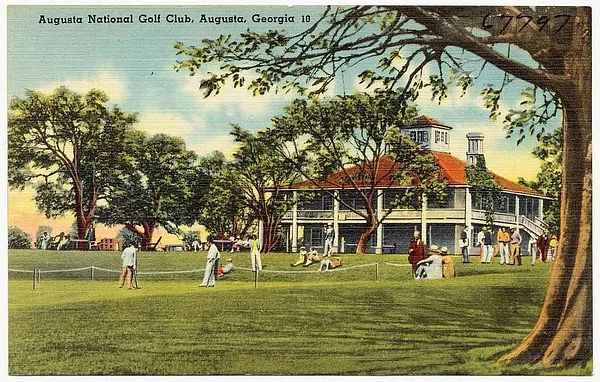
Obviously, this is not the most democratic way to run a club.
butWhy pursue popularizing world-class golf courses?Open access rarely creates a high-end brand.The club pursues excellence.With only 300 members and few outside players, the stadium remains in its original form throughout the year.Every detail is managed very accurately.
For example, it is able to bear the rigorous maintenance required by Augusta National Golf Club brand legend.Think about it, hand-trimming fairways with scissors,, and move the entire woods to achieve perfect television angles.Fewer stakeholders mean higher accuracy.Quality can be perfect when access is controlled.
The same logic explains one of the most misunderstood trends in today’s cryptocurrency space: why real-world assets (RWA) tokens—digital representations from Treasury bonds to real estate—are overwhelmingly held by a handful of wallets.
But the exclusivity here is not based on gender or race.
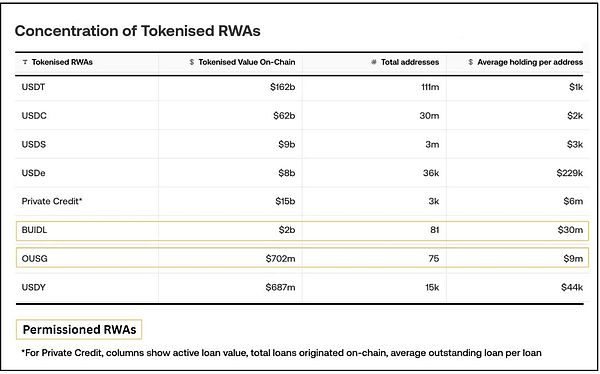
BlackRock’s Tokenized Money Market Fund BUIDL (BIDL)USD Institutional Digital Liquidity Fund) is an asset of approximately US$2.4 billion, but as of July 31, 2025, onlyThere are 81 holders.
Similarly, Ondo Finance’s U.S. Treasury Fund OUSG (Ondo Short-term U.S. Government Bond Fund) shows only 75 holders on the chain.The major stablecoins such as USDT/USDC are held by millions of addresses (about 175 million stablecoin holders across the network).
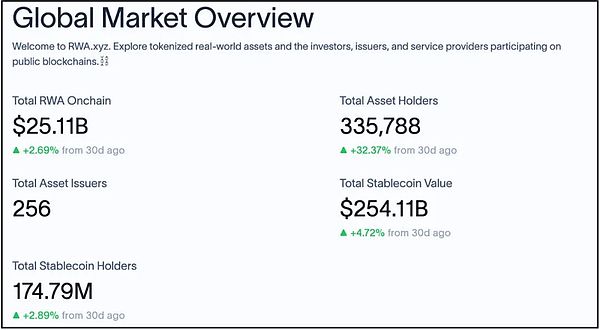
firstAt first glance, these digital dollar assets are like all the problems that blockchain should solve: centralization,.Since you can copy and paste the wallet address, why not buy these profitable tokens like you would for other crypto assets?
The answer lies in the same operating logic that Augusta National Golf Club maintains its exclusive operating rights.The design of these tokens is centralized.
Regulated reality
The history of financial exclusivity is often a story about maintaining privilege through exclusion.But in these cases, exclusivity serves different purposes:Keep the system compliant, efficient and sustainable.
Most RWA tokens represent securities or funds and cannot be freely provided to the public without registration.Instead, issuers use private or limited issuances regulated by the Securities and Exchange Commission (SEC), such as Regulation D in the United States or Reg S outside the country, to limit to tokens to qualified or compliant investors.
BUIDL (BlackRock) offered through Security is only open to qualified buyers in the United States (subset of qualified investors with a minimum investment of approximately $5 million).
Similarly, Ondo’s OUSG (Tokenized Treasury Fund) requires investors to be both qualified investors and qualified buyers.
These are not arbitrary obstacles.They are requirements of the SEC’s verification under the Regulation D 506(c), which determines who can legally own certain types of financial instruments.
The contrast is more obvious when we look at tokens designed for different regulatory frameworks.Ondo’s USDY is only for non-U.S. investors (sold overseas according to Reg S).By circumventing US restrictions, it achieves a wider distribution, allowing the completion of KYC’s non-USChinese people buy USDY.The number of holders of USDY is 15,000, which, although not many, is far beyond OUSG’s 75.
The same company and the same tokenized assets have different regulatory frameworks.The result is that the distribution difference is as high as 200 times.
thisThat’s where the comparison between Augusta National Golf Club and RWA becomes accurate.To achieve the above goals, the RWA token platform integrates compliance into the token code or peripheral infrastructure.Unlike the ERC-20 tokens that are freely tradeable, these tokens are often subject to transfer restrictions at the smart contract level.
Most security tokens use whitelist/blacklist models (via standards such as ERC-1404 or ERC-3643), and tokens can only be received or sent by pre-approved wallet addresses.If an address is not on the issuer’s whitelist, the token’s smart contract will block any transfer to that address.
It’s like a guest list executed by code.You can’t just appear at the door with a wallet address and ask for entry.Someone must verify your identity, check your qualified investor status, and add you to the approval list.Only in this way can smart contracts allow you to receive tokens.
Backed Finance’s tokens come in two forms—unlimited versions and packaged “compliant” tokens.Packaging tokens “only allow whitelist addresses to interact with tokens”, Backed will automatically add them to the whitelist after the user passes KYC.
Efficiency proof
From the outside, this system seems exclusive.From the inside, it appears efficient.Why?From the issuer’s perspective, a centralized holder base is often a rational or even intentional choice given their business model and constraints.
Each additional token holder is potential compliance risks and additional costs, both on-chain and off-chain.Despite these upfront compliance costs, the on-chain track brings long-term operational efficiency, especially in terms of automatic net asset value updates (NAV), instant settlements compared to traditional market T+2, and programmability (such as automatic interest allocation).
By implementing tokenization and deploying distributed ledger technology (DLT), asset managers can reduce operating costs by 23%, equivalent to 0.13% of asset management scale (AUM), global fund network Calastone wrote in its white paper.
It predicts that tokenization could help average each fund improve its profit and loss statement, adding profits of $3.1 million to $7.9 million, including revenues of $1.4 million to $4.2 million through a more competitive total expense ratio (TER).
The entire asset management industry can achieve a total of $135.3 billion in savings in UCITS, UK and US (40 Act) funds.
By limiting distribution to known and reviewed participants, it is easier for issuers to ensure that each holder meets the requirements (qualified investor status, jurisdictional inspections, etc.) and reduce the risk of tokens accidentally falling into the hands of bad people.
Mathematically, it makes sense.By targeting a small number of large investors rather than a large number of small investors, issuers can save onboarding costs, investor relations and ongoing compliance monitoring.For a $500 million fund, reaching capacity through five investors who each invested $100 million is more commercially meaningful than 50,000 investors who each invested $10,000.The management of the former is much simpler.Although on-chain transfers are automatically settled, the compliance layer involving KYC, certification and whitelists is still off-chain and expands linearly with the number of investors.
manyThe RWA token project is clearly aimed at institutional or corporate investors, not retail investors.Their value propositions often revolve around providing crypto-native earnings channels for fund managers, fintech platforms, or crypto funds with large cash balances.
When Franklin Templeton launched its tokenized money market funds, they were not going to replace your bank checking account.They want to provide a way for the Fortune 500 financial executives to earn money on their idle business cash reserves.
Exceptions to stablecoins
At the same time, comparisons with stablecoins are not entirely fair, as stablecoins solve regulatory challenges in different ways.USDC and USDT are not securities themselves and are designed as digital representations of US dollars, rather than investment contracts.This classification is obtained through careful legal structure and regulatory participation, allowing them to flow freely without restrictions on investors.
But even stablecoins require huge infrastructure investment and regulatory clarity to achieve their current distribution scale.Circle spent years building compliance systems, working with regulators and building banking relationships.The “license-free” experience that users enjoy today is built on a highly licensed basis.
RWA tokens face different challenges: they represent actual securities with actual return on investment and are therefore subject to securities laws.Before the tokenized securities have a clearer regulatory framework (the recently passed GENIUS Act began to address this), issuers must operate within existing restrictions.
Future Outlook
The current centralization of RWA tokens is the closest form of traditional financial operation.Considering traditional private equity funds or restricting bond issuances to qualified institutional buyers, participants are usually limited to a small number of investors.
The difference is transparency.In traditional finance, you don’t know how many investors hold a fund or bond—this information is private.Only large amount holders need regulatory disclosure.On the chain, each wallet address is visible, so centralization is obvious.
In addition, exclusivity is not a feature of on-chain tokenized assets.This has always been the case.The value of RWA tokenization is to make these funds easier to manage for issuers.
Figure’s Digital Asset Registration Technology (DART) reduces loan due diligence costs from $500 per loan to $15, while also reducing settlement time from weeks to days.Goldman Sachs and Jefferies can now buy loan pools as easily as trading tokens.Meanwhile, tokenized Treasuries like BUIDL suddenly become programmable, and you can trade Bitcoin derivatives on Deribit using these ordinary government bonds as collateral.
Ultimately, the lofty goals of democratization access can be achieved through regulatory frameworks.Exclusiveness is a temporary regulatory friction.Programmability is a permanent infrastructure upgrade that makes traditional assets more flexible and tradable.
BackAt Augusta National Golf Club, their controlled membership model makes the golf tournament synonymous with perfection.The limited number of members means that every detail can be managed accurately.Exclusiveness creates conditions for excellence, but paradoxically, it also makes it more cost-effective.And to provide the same accuracy and hospitality to a wider and more inclusive audience, the cost will multiply.
The controlled holder base also creates convenience for fund issuers to ensure compliance, efficiency and sustainability.
But the barriers on the chain are gradually lowering.As the regulatory framework evolves, the emergence of packaging products and the maturity of infrastructure, more people will gain access to these benefits.In some cases, such access may be achieved through intermediaries and products designed for a wider distribution, such as the unlimited version of Backed Finance, rather than by directly owning the underlying token.
The story is still in its early stages, but understanding why things are what they are today is key to understanding the transformation that is about to happen.

